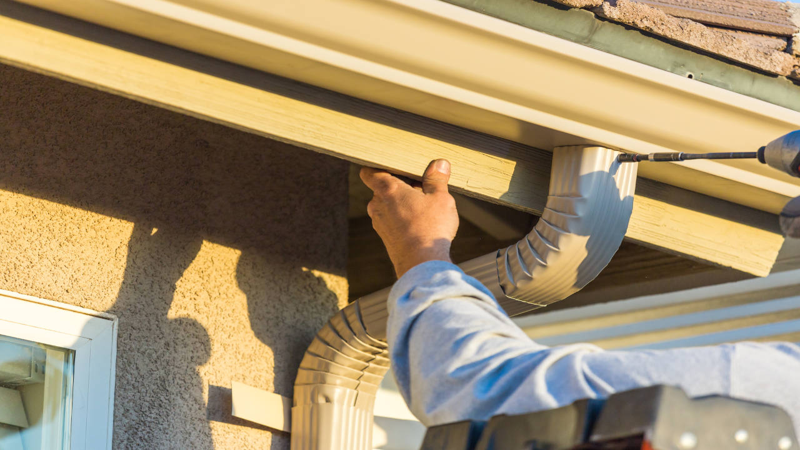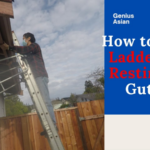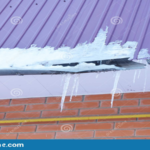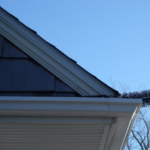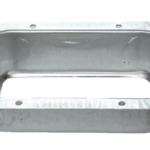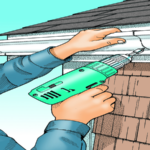Gutters are installed by first measuring the length of the fascia board. This is the board that is attached to the edge of the roof. The gutter is then cut to size and attached to the fascia board with brackets. Holes are drilled into the gutter at the end of each section so that the sections can be connected with screws. Downspouts are then attached to the gutter with brackets and screws.
How should rain gutters be installed?
Rain gutters should be installed by a professional. The gutters should be installed so that they are level and parallel to the ground. The gutters should be installed at the correct pitch so that they will drain properly. The gutters should be installed with the proper hangers and brackets so that they are secure.
Can I install gutters myself?
Most people believe that they need to hire a professional to install gutters, but this is not always the case. While it is true that some people may feel more comfortable having someone else do the job, it is possible to install gutters yourself. There are a few things you need to keep in mind, however, before taking on this project.
First, you need to make sure that you have the right tools for the job. This includes a ladder, a level, and a tape measure. You will also need a hacksaw or a power saw to cut the gutters to the correct length.
Second, you need to take measurements of the area where the gutters will be installed. This includes the length of the eaves and the width of the gutter.
Third, you need to calculate the slope of the roof. This will determine how much water will flow through the gutters and how fast it will drain.
Fourth, you need to choose the type of gutter you want to install. There are many different types of gutters available on the market, so you need to decide which one will work best for your home.
Fifth, you need to install the hangers that will hold the gutters in place. This is usually done by drilling holes into the fascia board and screwing the hangers in place.
How are gutters attached to fascia?
- Gutters are typically attached to fascia using brackets.
- The brackets are screwed or bolted into the fascia, and then the gutter is attached to the brackets.
- In some cases, the gutter may be attached directly to the fascia without the use of brackets.
- It is important to make sure that the gutters are securely attached to the fascia to prevent them from coming loose and causing damage to your home.
What are some common mistakes that people make when installing gutters?
- Not ensuring that the gutters are properly pitched. The gutters should be pitched so that water will flow towards the downspout. If they are not pitched correctly, water will pool in the gutters and eventually cause them to leak or overflow.
- Not cleaning the gutters on a regular basis. Gutters need to be cleaned periodically to remove leaves, dirt, and other debris. If they are not cleaned, the gutters will eventually become clogged and will not be able to properly drain water.
- Not installing gutter guards. Gutter guards can help to prevent leaves and debris from getting into the gutters and causing them to clog.
- Not securing the gutters to the house. Gutters should be securely fastened to the house so that they will not come loose during a storm or high winds.
- Not checking for leaks.Leaks can occur in gutters for a variety of reasons. It is important to regularly check for leaks and have them repaired as soon as possible to prevent water damage to the house.
Do gutters overflow in heavy rain?
Your gutters are designed to protect your home from water damage by channeling rainwater away from your roof and foundation. However, if your gutters become clogged with leaves, twigs, and other debris, they can overflow during a heavy rainstorm, causing water to pool around your home and potentially causing damage to your foundation, siding, and landscaping.
Should gutters be installed before or after roof?
Roofing contractors will often install gutters as part of a roofing job, but there are a few things to consider before installation. If your home doesn’t currently have gutters, or if they are in disrepair, it’s best to install them before your new roof is installed. This will ensure that your gutters are properly installed and won’t be damaged during the roofing process. However, if your gutters are in good condition, you may be able to wait and have them installed after your new roof is in place.
How do you tell if gutters are installed correctly?
- Check that the gutters are level. They should be installed so that they slope slightly towards the downspout.
- Make sure that the gutters are securely attached to the fascia board and the roof.
- Inspect the gutters to ensure that there are no leaks.
- Check that the downspouts are installed correctly and are clear of debris.
Last Word
If you’re thinking about installing gutters on your home, it’s important to understand the process so you can make sure it’s done correctly. Gutters are installed by attaching them to the fascia board, which is the board that runs along the edge of your roof. The gutters are then connected to the downspouts, which carry the water away from your home.
It’s important to make sure that your gutters are installed correctly so that they can do their job properly. If you’re not sure how to do this, it’s best to hire a professional to help you. With their help, you can be sure that your gutters will be installed correctly and will be able to protect your home from water damage.
